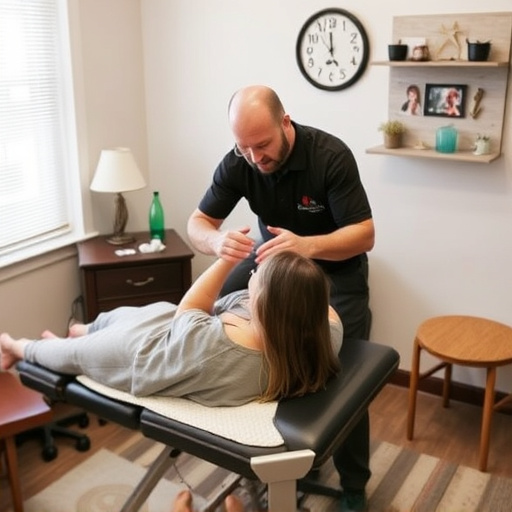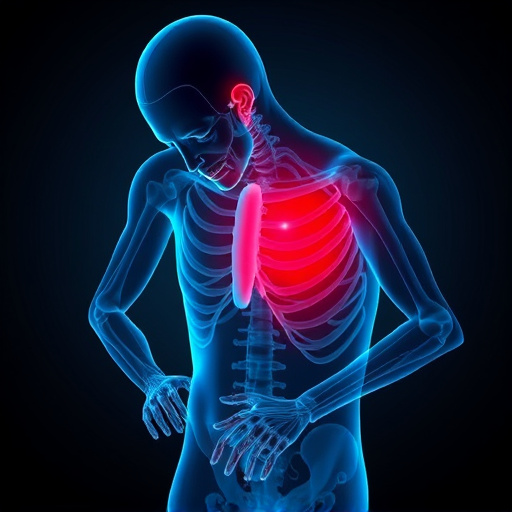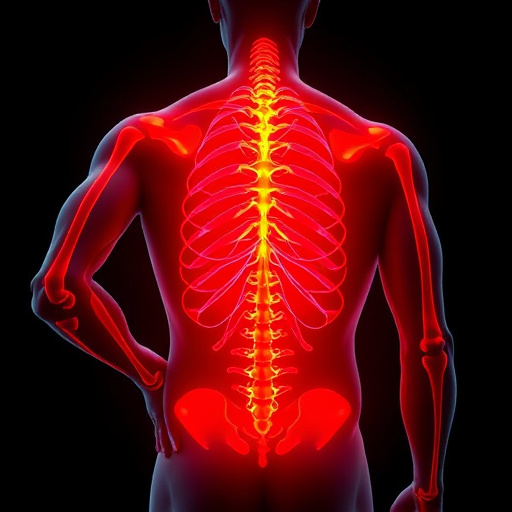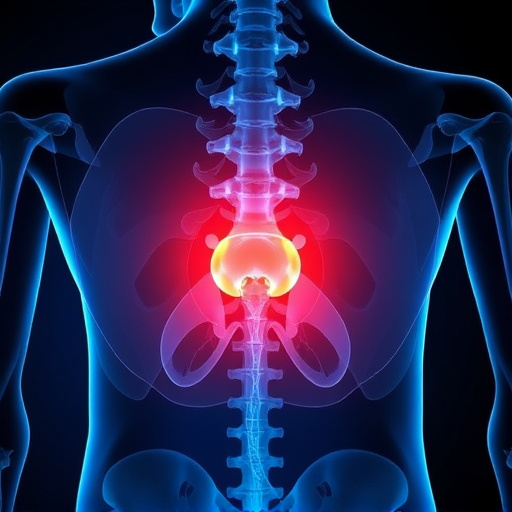Military injury treatment addresses unique challenges faced by service members, including musculoskeletal disorders, nerve damage, and traumatic brain injuries, causing chronic pain and reduced mobility. Innovative approaches blend advanced technologies with evidence-based practices to personalize care, enhancing recovery through virtual reality, exoskeletons, physical therapy, and self-care regimens. Long-term strategies focus on rebuilding strength, mobility, and adaptability for a successful transition to post-injury life, both in military service and civilian settings.
Military service demands exceptional physical strength and mobility, leaving members with injuries facing significant challenges. This article explores strategies to enhance military injury treatment, focusing on rebuilding strength and mobility. We delve into understanding the unique impacts of military injuries, highlighting innovative rehabilitation techniques that drive recovery. Additionally, we provide long-term solutions for maintaining strength and mobility, crucial aspects of successful military injury treatment.
- Understanding Military Injuries and Their Impact on Strength and Mobility
- Innovative Approaches to Rehabilitation and Recovery
- Strategies for Long-Term Strengthening and Mobility Maintenance
Understanding Military Injuries and Their Impact on Strength and Mobility
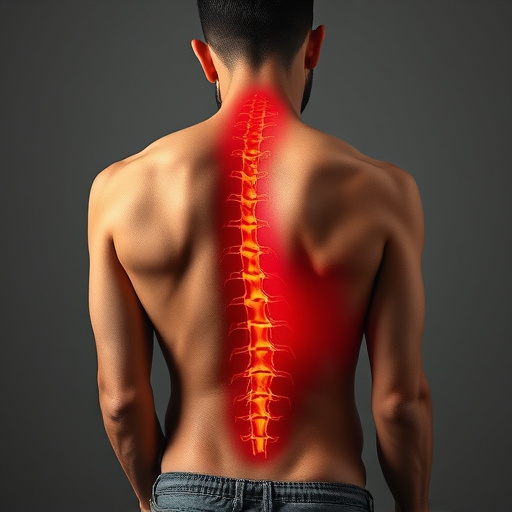
Military service presents unique challenges to the bodies of those who serve, leading to various injuries that can significantly impact an individual’s strength and mobility. Understanding these injuries and their effects is crucial in developing effective military injury treatment plans. Many service members return home with conditions such as musculoskeletal disorders, nerve damage, or traumatic brain injuries, which can cause chronic pain, reduced range of motion, and weakened physical capabilities. These injuries are often the result of intense physical training, combat situations, or accidental injuries.
For instance, neck pain relief is a common concern among veterans due to repetitive strain or trauma to the cervical spine. Physical therapy plays a vital role in military injury treatment by helping service members regain strength and mobility. Through targeted exercises, manual therapy, and specialized techniques, therapists can address specific areas of pain and improve overall functional ability. Chronic pain management is another critical aspect, as many military-related injuries have long-lasting effects if not properly treated, impacting a service member’s daily life and overall well-being.
Innovative Approaches to Rehabilitation and Recovery
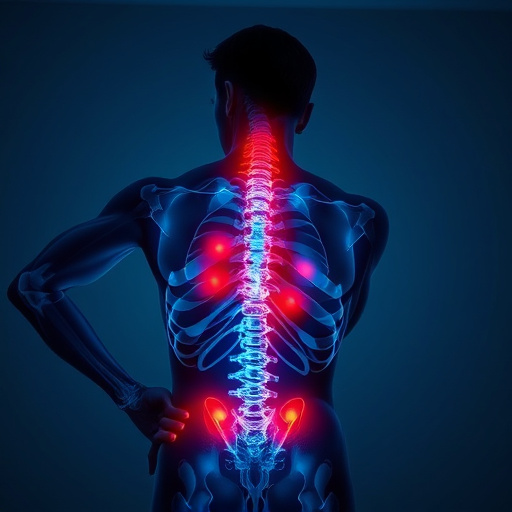
In the realm of military injury treatment, innovative approaches to rehabilitation and recovery are revolutionizing patient outcomes. Traditional methods, though effective, often focus on a one-size-fits-all strategy, failing to address the unique complexities of each service member’s injuries. Today, cutting-edge techniques prioritize personalized care, integrating advanced technologies with evidence-based practices. For instance, non-invasive treatment modalities like physical therapy and therapeutic exercises are being enhanced through the use of virtual reality and exoskeletons, enabling more engaging and effective injury rehabilitation.
These innovative strategies not only accelerate the recovery process but also improve patient compliance. By incorporating interactive and immersive experiences, service members can actively participate in their healing journey. This shift towards tailored, cutting-edge military injury treatment ensures that each individual receives the best possible care, fostering a robust return to duty or civilian life with enhanced strength and mobility.
Strategies for Long-Term Strengthening and Mobility Maintenance

Military injury treatment extends beyond immediate care; long-term strategies are crucial for rebuilding strength and mobility in injured service members. One key approach involves incorporating therapeutic exercises tailored to individual needs into daily routines. These exercises can range from gentle stretching to high-intensity training, focusing on progressive muscle strengthening and joint mobilization. Regular physical therapy sessions play a vital role here, guiding individuals through specific movements that enhance flexibility and reduce the risk of future neck pain relief while also improving overall mobility.
Additionally, establishing a consistent self-care regimen is essential for maintaining newly regained strength and agility. This includes adopting a balanced diet rich in nutrients to support muscle repair and growth alongside dedicated time for exercise, whether it’s participating in group fitness classes or engaging in individual activities like swimming or yoga. Such proactive measures ensure sustained progress, enabling individuals to regain their physical capabilities and adapt to post-injury life effectively.
Military injury treatment requires comprehensive approaches that address strength and mobility, crucial aspects of an individual’s overall well-being. By understanding the specific impacts of military injuries, embracing innovative rehabilitation techniques, and implementing long-term maintenance strategies, we can significantly enhance recovery outcomes. These efforts not only support service members in their transitions to civilian life but also ensure they retain the strength and mobility essential for leading active, fulfilling lives post-injury.








